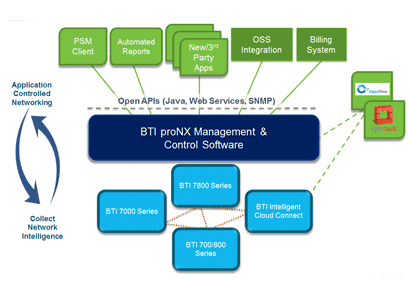
BTI Systems has cultivated a network of channel partners to sell a variety of municipal and regional data centre connection productsDifference Capital (TSX:DCF), the Toronto-based merchant bank, today announced an investment of $2 million in BTI Systems Inc., a networking software and systems vendor whose aim is to assist both content providers and telecommunications carriers in capitalizing on demand for increasingly stretched bandwidth as reliance grows on intensive applications such as online video, cloud storage and mobile internet use.
With offices in Ottawa and Boston, BTI Systems has cultivated a network of channel partners to sell a variety of municipal and regional data centre connection products. The new funding is likely to build BTI’s next stage of growth in a relatively young and expanding market.
“We are very pleased to add BTI to our portfolio,” said Tom Astle, Managing Partner at Difference. “We believe that BTI’s core strengths in high performance networking and its increasing focus on cloud networking and data center connectivity for service and content providers represent a significant later-stage investment opportunity for us.”
This latest funding round for BTI, totaling $6 million, including the $2 million chipped in by Difference Capital, tops off a hectic month of fundraising for the company, having raised $21 million just a few weeks ago. Other investors in BTI include Bain Capital Ventures, BDC, Covington Capital and GrowthWorks. In total, since 2011, BTI has raised over $60 million in financing.
“We look forward to leveraging our latest round of $27 million in financing to continue to develop solutions that enable our customers to increase performance, drive new revenues and reduce costs and complexity,” said Ken Taylor, Chief Financial Officer at BTI.
The software-defined networking (SDN) market is an emerging one, with SDI a pioneer in its establishment. With SDN and cloud networking forming complementary pieces of BTI’s overall technology portfolio, the company is well placed to affect the long-range future as companies slowly adapt to the new paradigm.
_____________
Leave a Reply
You must be logged in to post a comment.




 Share
Share Tweet
Tweet Share
Share




Comment